Having Material Flow Problems? Your Liner Could Be to Blame.
By Steve Chinn
Material flow problems are time-consuming, messy, expensive, and can even contribute to workplace hazards. The tricky part? Many problems can slow down your production processes, such as applying the wrong vibration force and frequency for the application, issues with the installation of the vibratory flow aid, and even the size and style of the liner applied to the inside of your bin, hopper, chute, or pipe.
That was the case with a customer who wanted to apply vibration to their ¼” thick wall chutes for sand processing. Previously, they manually cleaned their chutes with a garden hoe leading to unnecessary employee injuries, equipment damage, and production downtime. Knowing they have liners installed, we asked three important questions:
Read More…
Joining The Cleveland Vibrator Company team as Sales Lead in January of 2017, Steve Chinn offers extensive knowledge and experience in the Bulk Material Handling industry. As a Cleveland State University graduate with a major in Communication and a minor in Marketing, Steve works closely with Uras Techno, the manufacturer of the high-quality Rotary Electric Motor product line exclusively distributed by The Cleveland Vibrator Company.
When not *almost* losing in our company Fantasy Football league, you can find this Cleveland sports fan golfing or spending time with his wife and two kids. He even coaches his kid’s baseball teams!
Share this blog post:


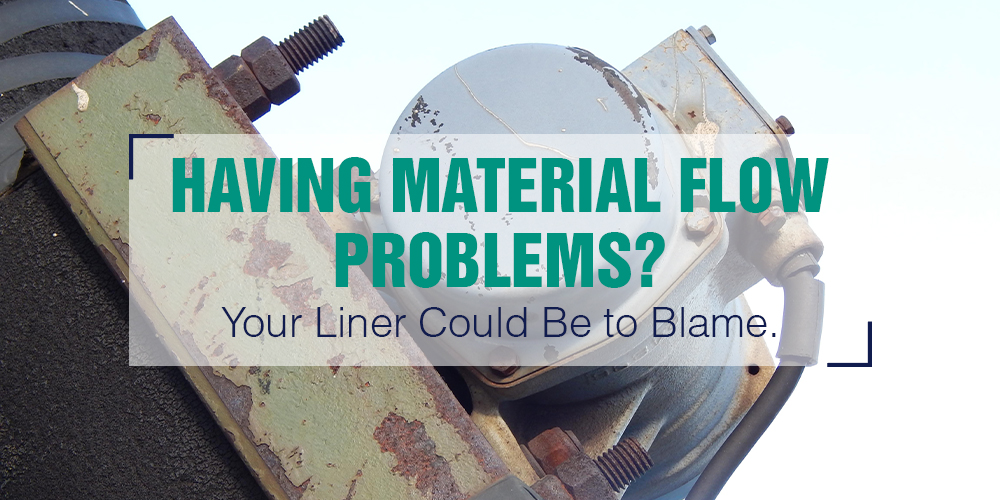
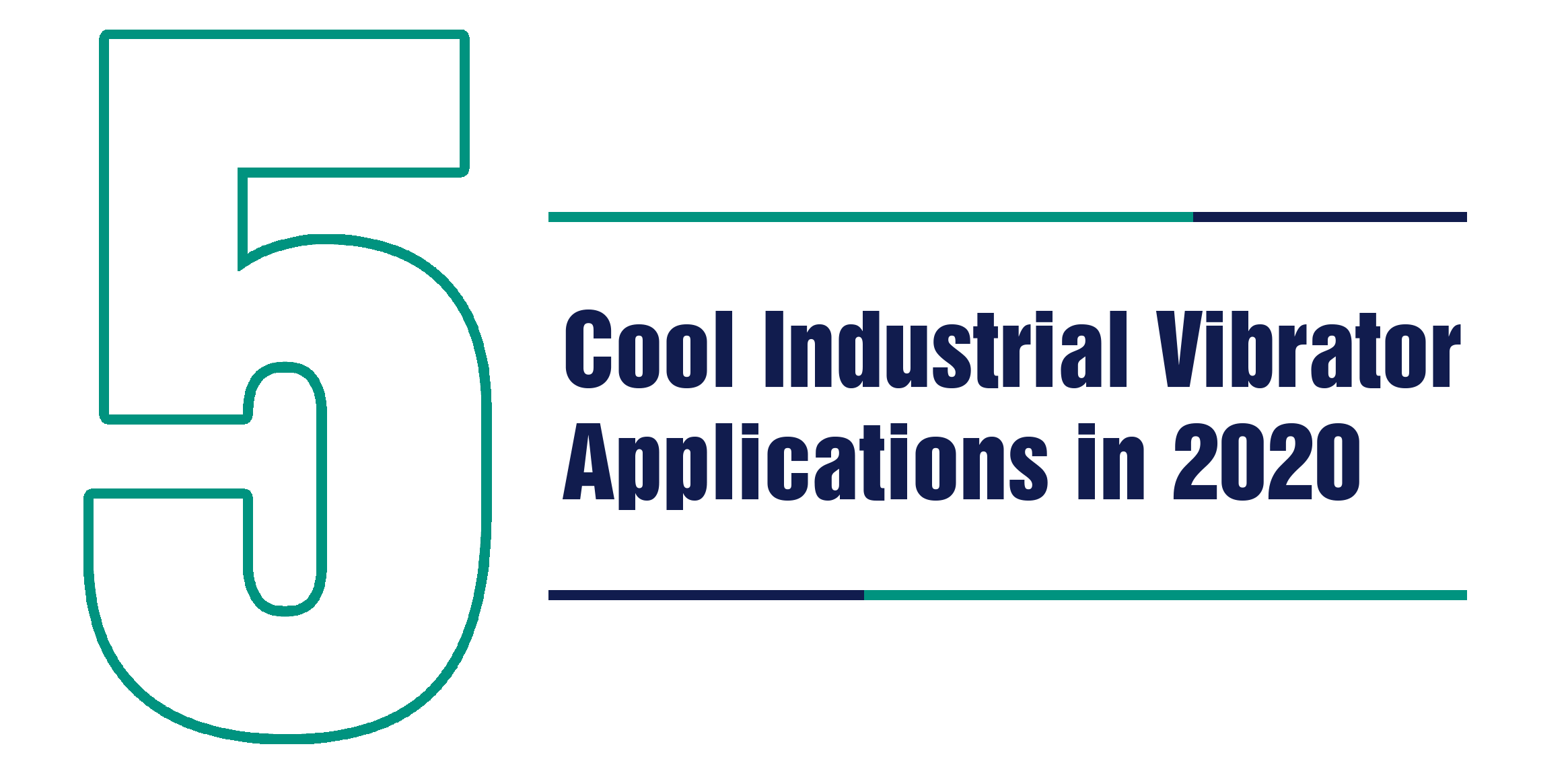



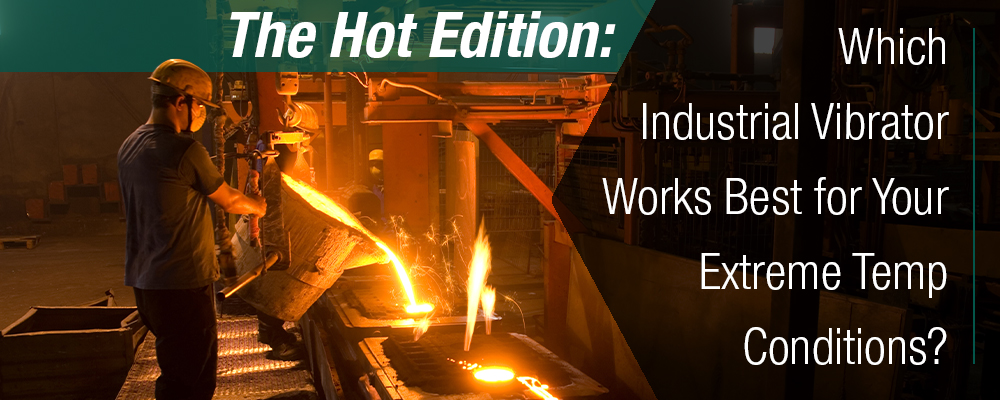
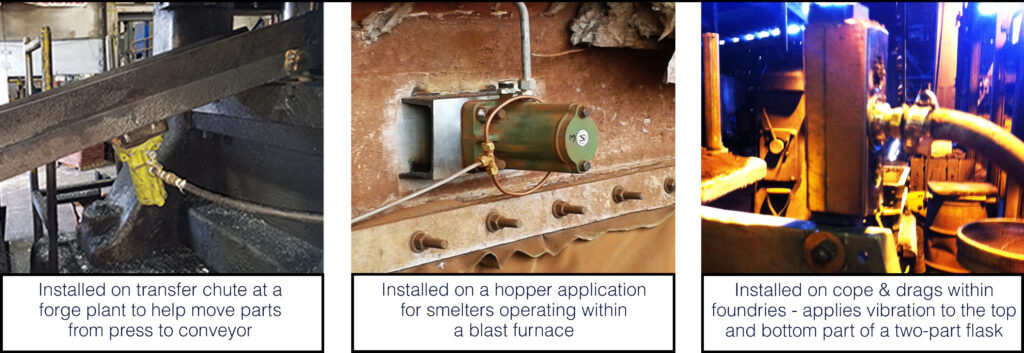

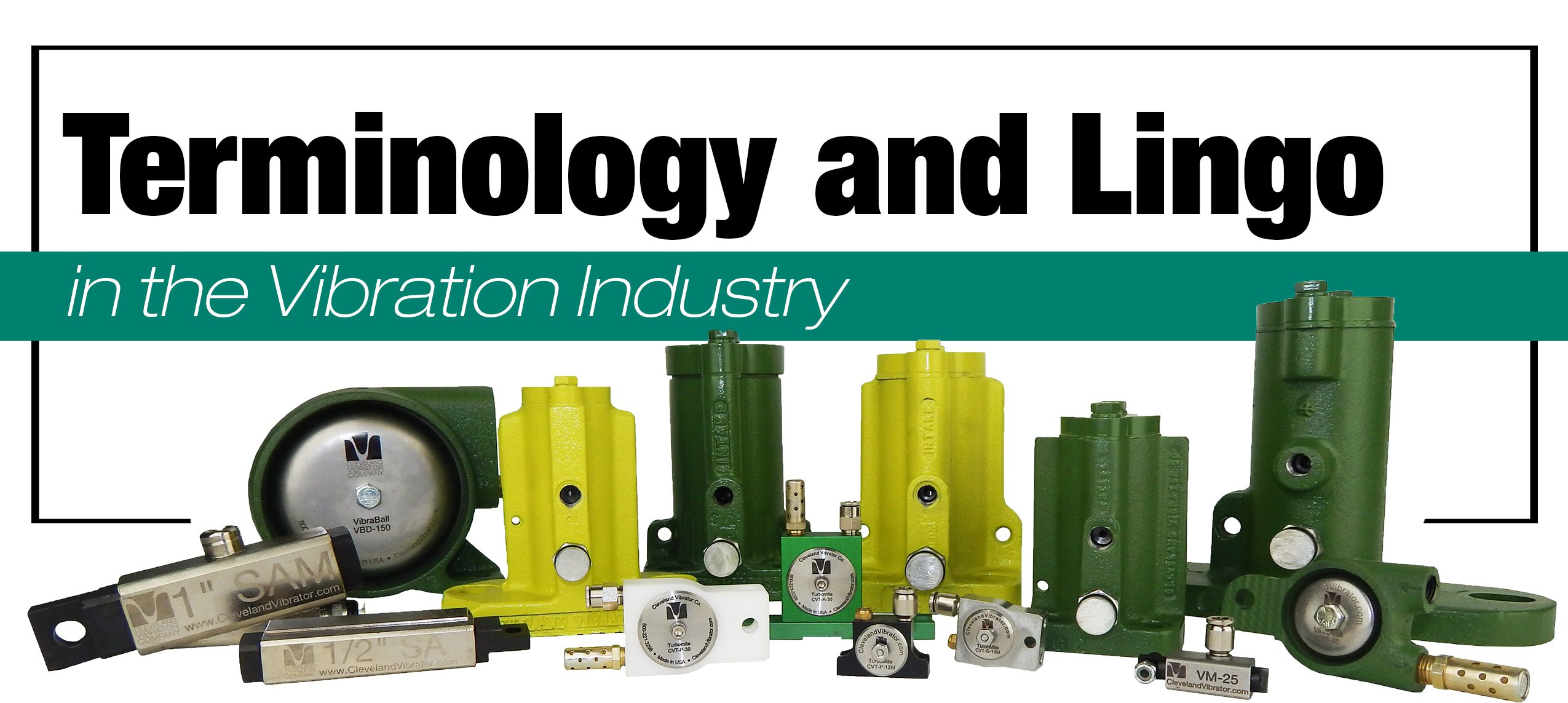


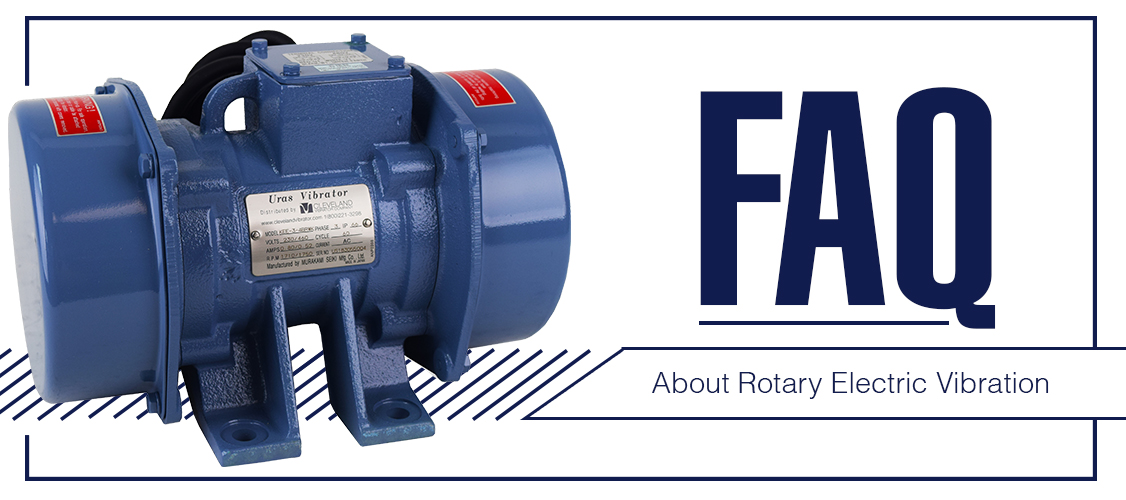
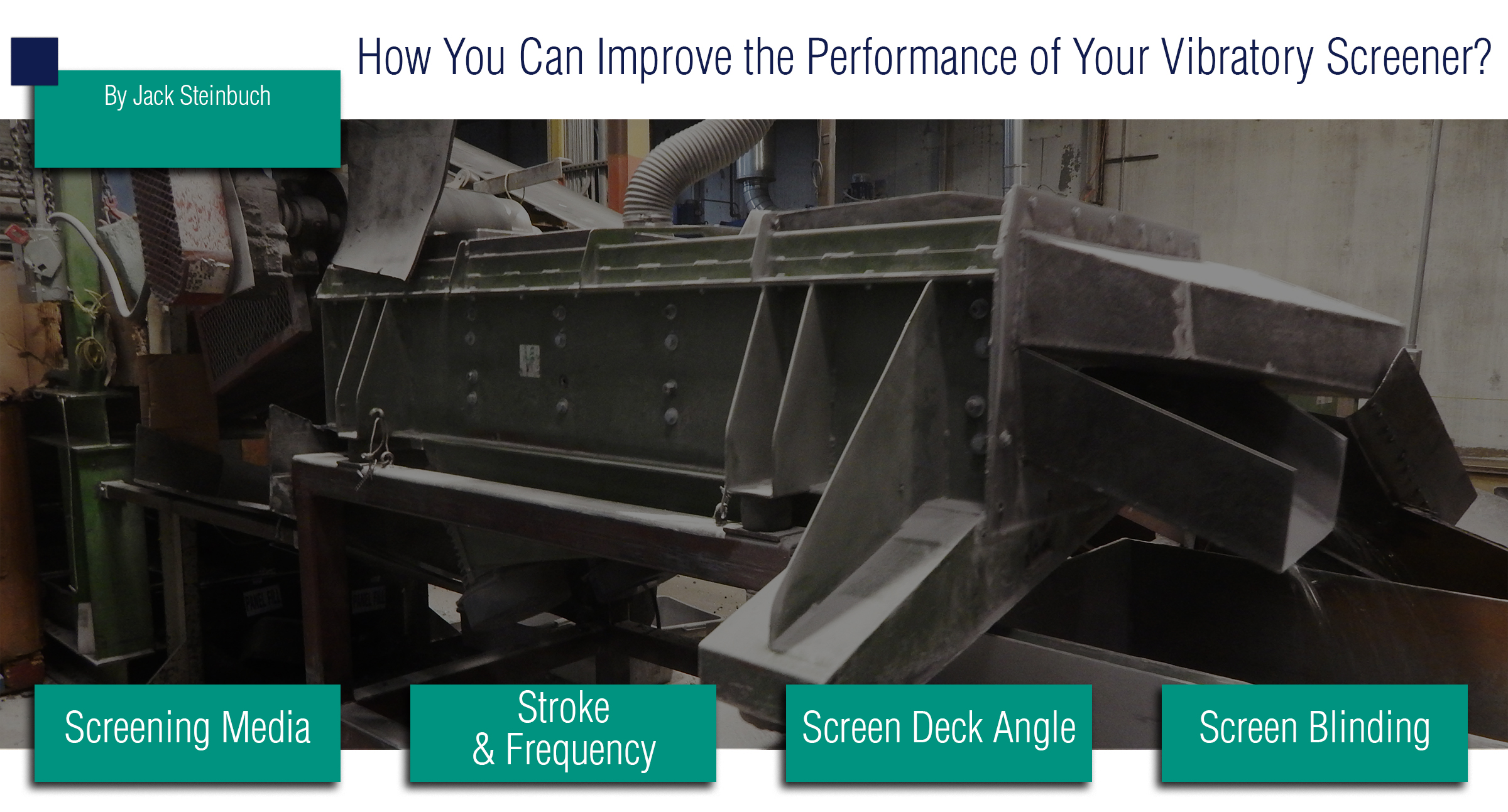
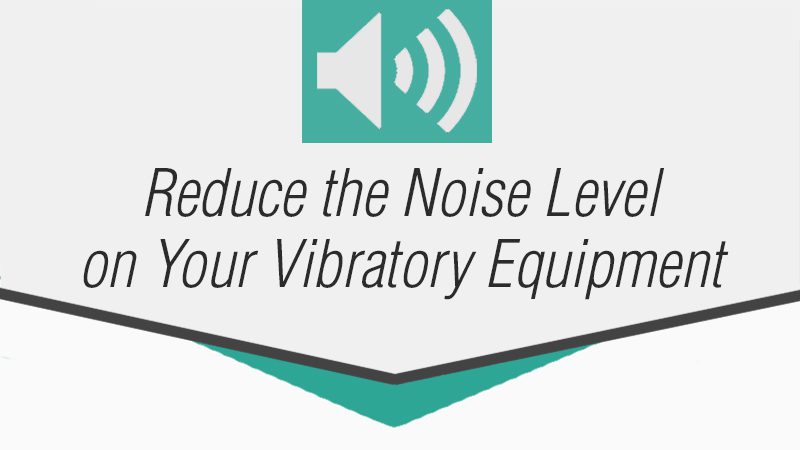
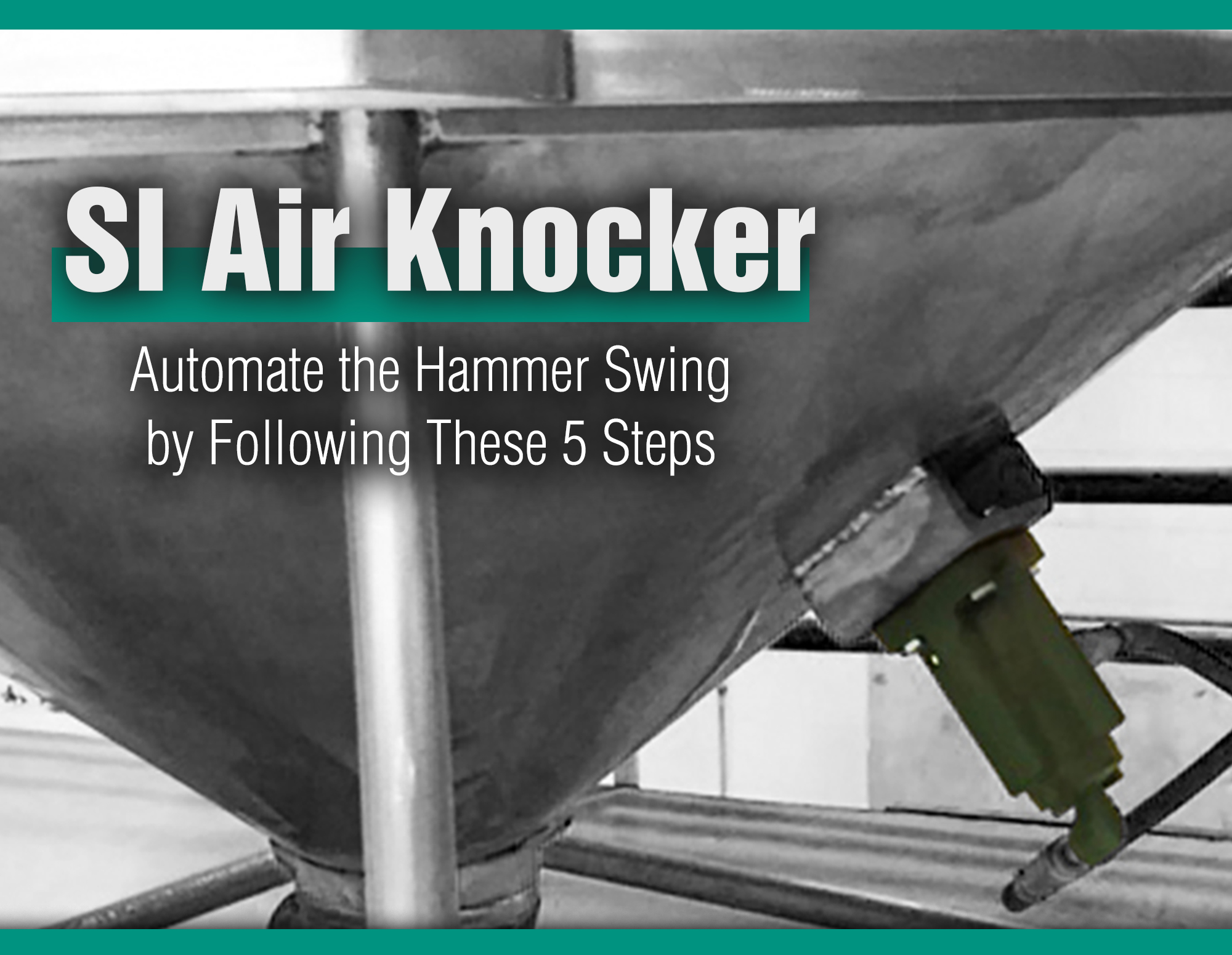

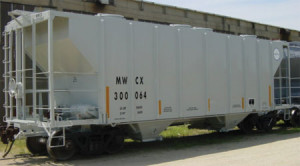 It’s Diverse – It’s true. Industrial vibrators can be found on the side of bins, hoppers, silos, barges
It’s Diverse – It’s true. Industrial vibrators can be found on the side of bins, hoppers, silos, barges